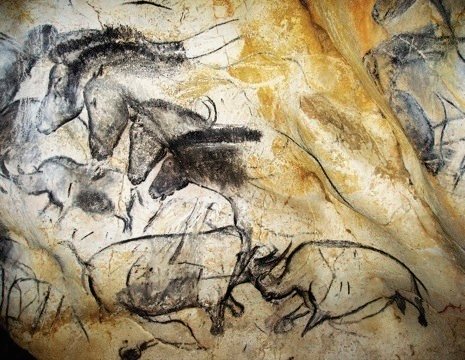Just a quick mention for this documentary, which I’ve owned on DVD for ages but only just got round to watching. It follows season three of Afghan Star, an American Idol type show in Afghanistan. It’s a brilliant idea for a documentary, because the glitz and bombast of those talent shows seem like the very epitome of a certain kind of western consumer culture. And in many ways it seems like the very worst of our culture: vulgar, shallow, manipulative and at least partially fake.

But in a country where quite recently music and television were banned by the Taliban, where people were killed for owning a television, putting on a music talent show — one where women compete against men! — suddenly becomes a powerful thing to do. And its not often that light entertainment gets to take a heroic role, but actually in a country oppressed by dry, moralistic theocrats, I think it is heroic to assert the value of lightness, of entertainment. And it may be the newly democratic Afghanistan, but it’s still the Islamic Republic of Afghanistan, and there are still plenty of angry, bearded, conservative men in positions of power, and those Taliban are still out there, and they still have guns and bombs. These people are risking their lives to bring people joy.
And yet, despite all the enthusiastic comments from people about the new freedom the show represents, when one of the female contestants does a little bit of very tame dancing on stage while singing, nearly everyone is genuinely and visibly shocked. Not just the beardy imams, but the other young contestants. The whole thing is fascinating on all kinds of levels.
And I watched it directly after watching some of the current British incarnation, X Factor, and it was intriguing to see something with many of the clichés of those shows — the embarrassingly bad early auditions, the queues of people waiting to audition, the dramatic pauses as they announce the results — but put together by people who are inventing a TV industry from scratch and have almost no budget. Although if you visit the show’s website and see some of the more recent videos, the whole outfit now looks a lot more slick.

